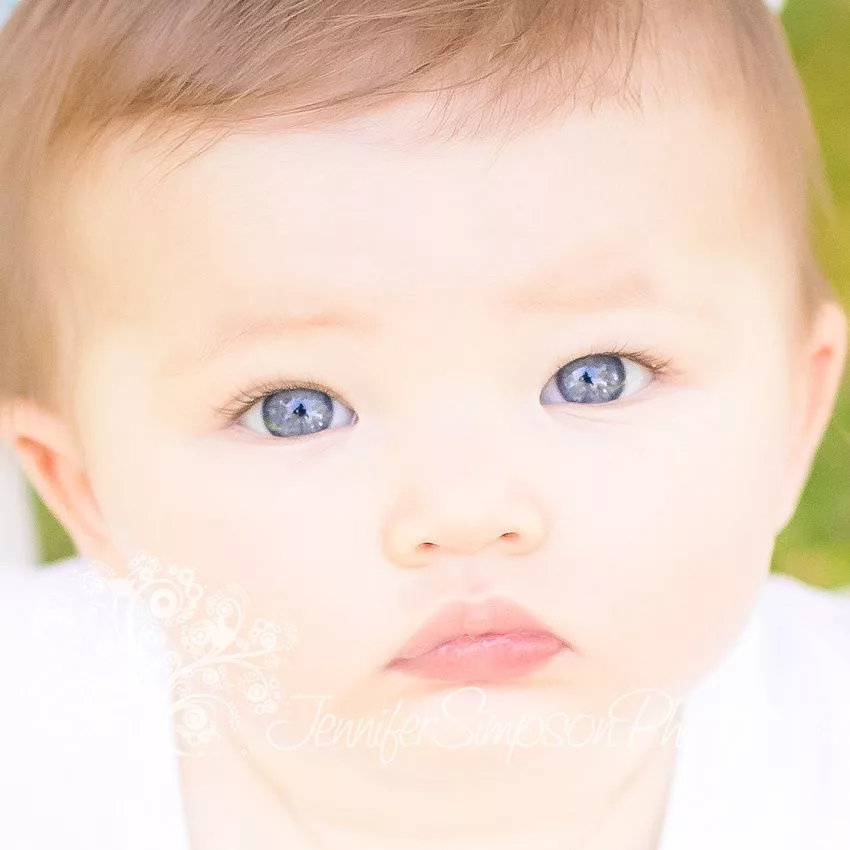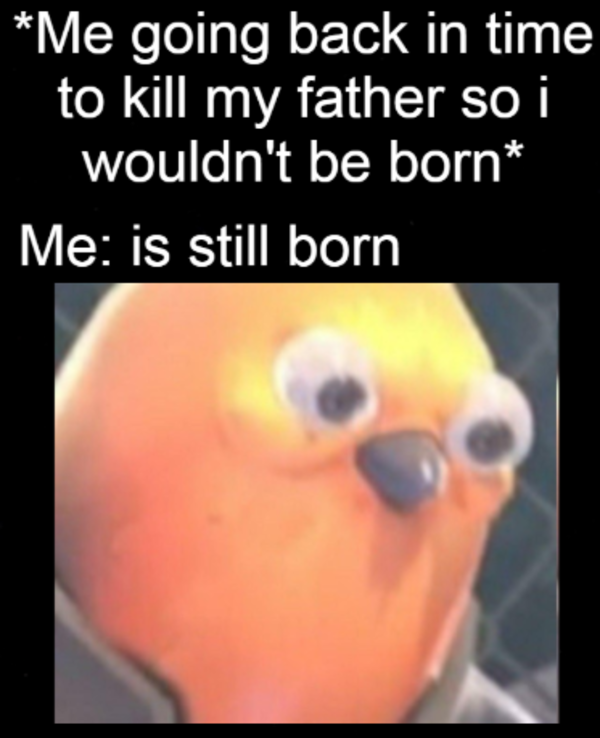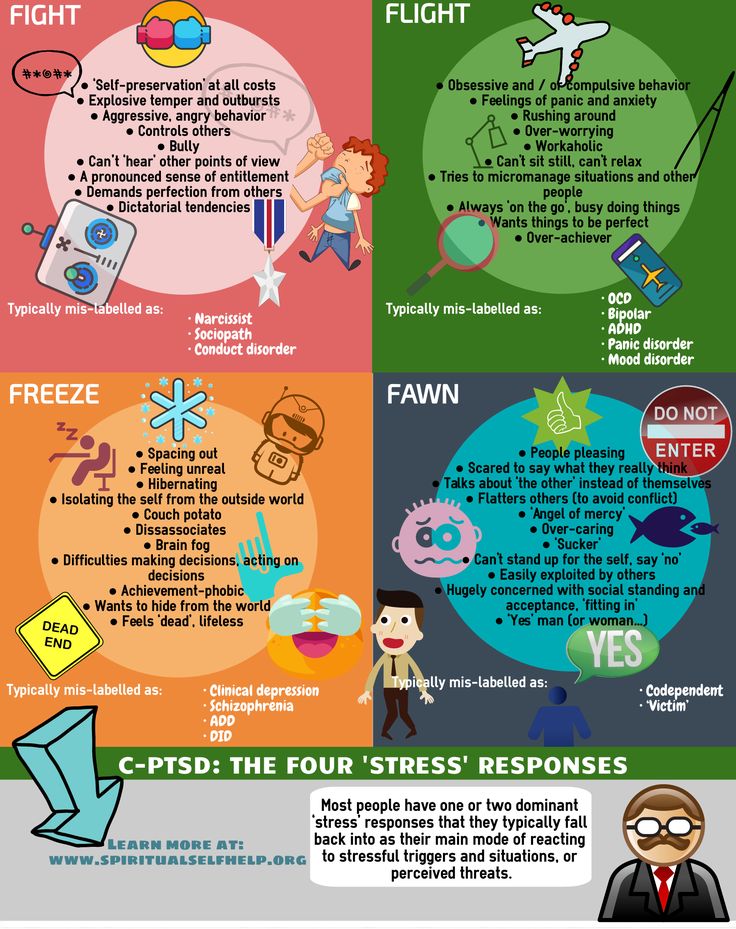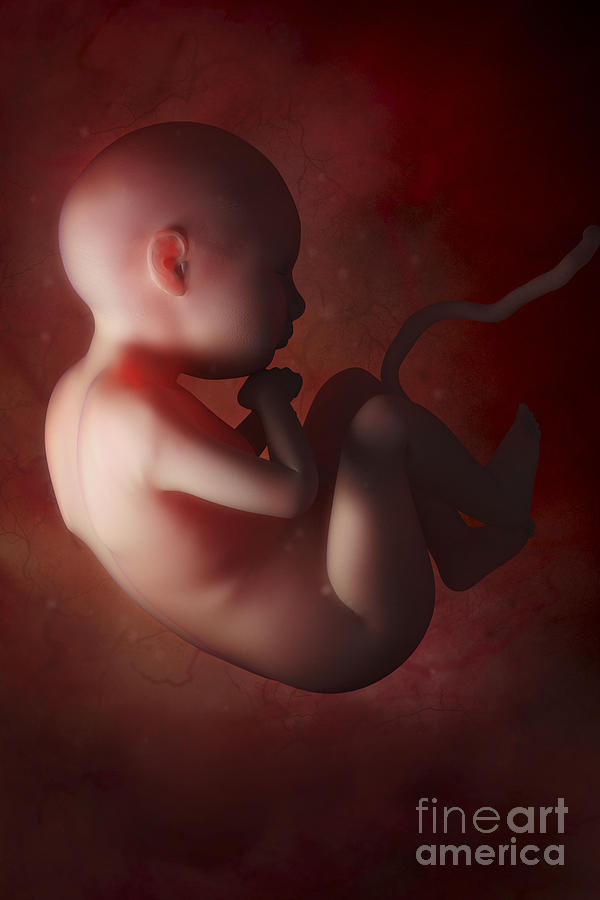Something in baby's eye
Foreign Body in the Eye
- A foreign object becomes stuck in the eye
- Also included are small particles such as dirt
- The main symptoms are irritation, pain, tears, and blinking
Types of Foreign Objects in the Eye
- Blowing Dust. Small particles such as sand, dirt, sawdust, or other grit. Can be blown into the eye on a windy day.
- Eyelash. An eyelash is a common finding.
- Dry Mucus. A loose piece of dried mucus (sleep) can feel like something is in the eye.
- Sharp Object (Serious). A piece of glass from a shattered glass ornament is an example.
- High Speed Objects (Serious) such as a metal chip from a hammer or lawnmower. A plastic fragment or small rock thrown from a weed-whacker are other examples.
Go to ER Now
- Sharp object in the eye
- Object is a piece of chemical
- Object hit eye at high speed.
Examples are a metal chip from hammering, lawnmower, or explosion.
- Object is stuck on the eyeball. Caution: do not try to remove it.
- Tearing or blinking do not stop after washing the eye
- You can't get the object out
Call Doctor or Seek Care Now
- You think your child has a serious injury
- Child refuses to open eye
- Child feels like object still there after eye has been washed out
- Vision not back to normal after eye has been washed out
- You think your child needs to be seen, and the problem is urgent
Contact Doctor Within 24 Hours
- Yellow or green pus occurs
- You think your child needs to be seen, but the problem is not urgent
Contact Doctor During Office Hours
- You have other questions or concerns
Self Care at Home
- Minor object or small particles in the eye (such as an eyelash or dirt). Reason: most likely can be removed at home.
Care Advice for an Object or Small Particles in the Eye
- What You Should Know about an Object or Small Particles in the Eye:
- The object (or particles) will always stay in the front part of the eye.
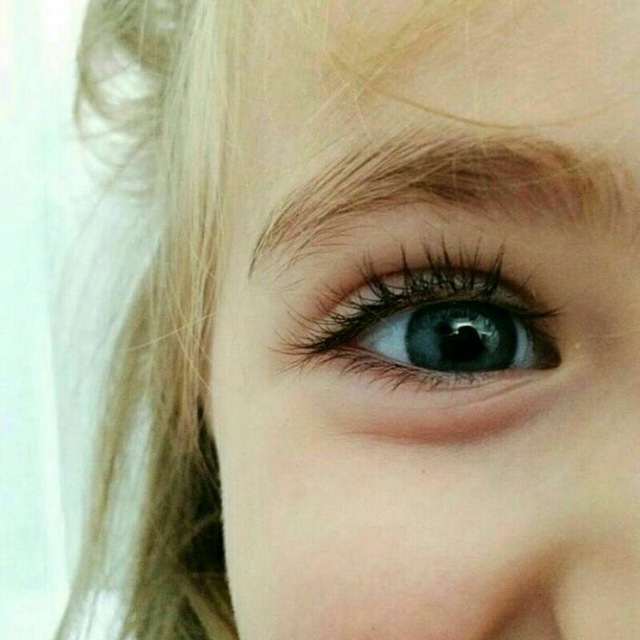
- Some parents worry that it can get lost behind the eyeball.
- This will not happen. The space beyond the eyelids goes back ¼ inch (6 mm) and then stops. In other words, it's a dead end.
- Here is some care advice that should help.
- The object (or particles) will always stay in the front part of the eye.
- Lots of Particles (such as Dirt or Sand) - Treatment:
- Clean around the eye and face with a wet washcloth first. Reason: so more particles won't get in.
- Put that side of the face in a pan of warm water. Have your child try to open and close the eye while in the water. Do it several times.
- For younger children, fill a glass or pitcher with warm tap water. Pour the water into the eye while holding your child face up. The eyelids must be held open during the rinsing. This process often needs the help of another person.
- Particle in a Corner of the Eye - Treatment:
- Try to get it out.
- Use a moistened cotton swab or the corner of a moistened cloth.

- Particle Under the Lower Lid - Treatment:
- Pull the lower lid out by pulling down on the skin above the cheekbone.
- Touch the particle with a moistened cotton swab.
- If that doesn't work, try pouring water on the particle. Do this while holding the lid out.
- Particle Under the Upper Lid - Treatment:
- If the particle can't be seen, it's probably under the upper lid. This is the most common hiding place.
- Try having your child open and close the eye several times while it is submerged in a pan or bowl of water. If you have an eye cup, use it.
- If this fails, pull the upper lid out. Then, draw it over the lower lid while the eye is closed. When the eye is opened, the particle may come out. The lower lid may sweep the particle out from under the upper lid.
- Contact Lenses:
- Children who wear contact lenses need to switch to glasses for a while.

- Reason: to prevent damage to the cornea.
- Children who wear contact lenses need to switch to glasses for a while.
- What to Expect:
- The pain, redness and tearing usually pass after the object is removed.
- It may take 1 to 2 hours for these symptoms to fully go away.
- Call Your Doctor If:
- You can't get the object or particles out
- Feels like object is still there 2 hours after taken out
- Tearing and blinking do not stop after you take out the object
- Vision is not normal after the eye has been washed out
- You think your child needs to be seen
- Your child becomes worse
Care Advice for an Object or Small Particles in the Eye
- Clean around the eye with a wet washcloth first.
- Place the face under a gently running faucet or a shower. Hold the eyelid open while you do this.
- Or, try to open and close the eye repeatedly while holding that side of the face under water in a pan or bowl (of water).

- Try to get the particle out with a moistened cotton swab or the corner of a moistened cloth.
- If this does not work, then place the face under a gently running faucet or a shower. Hold the eyelids open while you do this. This should flush the particle out.
- Pull the lower eyelid out by gently pulling down the skin above the cheekbone.
- Touch the particle with a moistened cotton swab.
- If that does not work, try pouring water on the speck while pulling the lower eyelid out.
- If particle cannot be seen, it's probably under the upper lid, the most common hiding place.
- Try to open and close the eye several times while it is submerged in a pan or bowl of water.
- If this fails, pull the upper lid out and draw it over the lower lid. This action, and your tears, will sometimes dislodge the particle.
Copyright 2000-2022. Schmitt Pediatric Guidelines LLC.
Disclaimer: this health information is for educational purposes only. You, the reader, assume full responsibility for how you choose to use it.
You, the reader, assume full responsibility for how you choose to use it.
Eye - Foreign Object
Is this your child's symptom?
- A foreign object becomes stuck in the eye
- Also included are small particles such as dirt
- The main symptoms are irritation, pain, tears, and blinking
Types of Foreign Objects in the Eye
- Blowing Dust. Small particles such as sand, dirt, sawdust, or other grit. Can be blown into the eye on a windy day.
- Eyelash. An eyelash is a common finding.
- Dry Mucus. A loose piece of dried mucus (sleep) can feel like something is in the eye.
- Sharp Object (Serious). A piece of glass from a shattered glass ornament is an example.
- High Speed Objects (Serious) such as a metal chip from a hammer or lawnmower. A plastic fragment or small rock thrown from a weed-whacker are other examples.
When to Call for Eye - Foreign Object
Call Doctor or Seek Care Now
- You think your child has a serious injury
- Child refuses to open eye
- Child feels like object still there after eye has been washed out
- Vision not back to normal after eye has been washed out
- You think your child needs to be seen, and the problem is urgent
Contact Doctor Within 24 Hours
- Yellow or green pus occurs
- You think your child needs to be seen, but the problem is not urgent
Contact Doctor During Office Hours
- You have other questions or concerns
Self Care at Home
- Minor object or small particles in the eye (such as an eyelash or dirt).
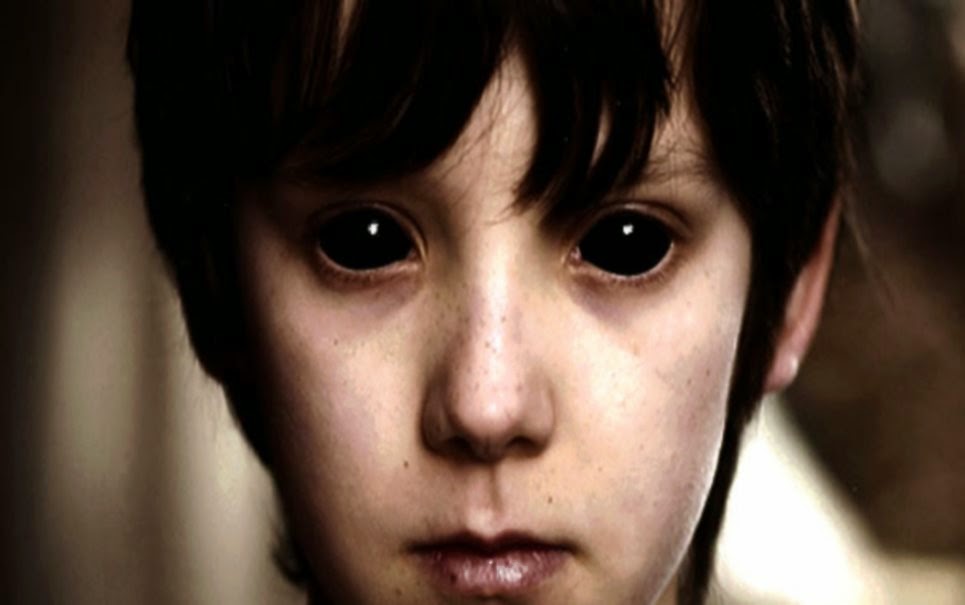 Reason: most likely can be removed at home.
Reason: most likely can be removed at home.
Seattle Children's Urgent Care Locations
If your child’s illness or injury is life-threatening, call 911.
- Bellevue
- Everett
- Federal Way
- Seattle
Care Advice for an Object or Small Particles in the Eye
- What You Should Know about an Object or Small Particles in the Eye:
- The object (or particles) will always stay in the front part of the eye.
- Some parents worry that it can get lost behind the eyeball.
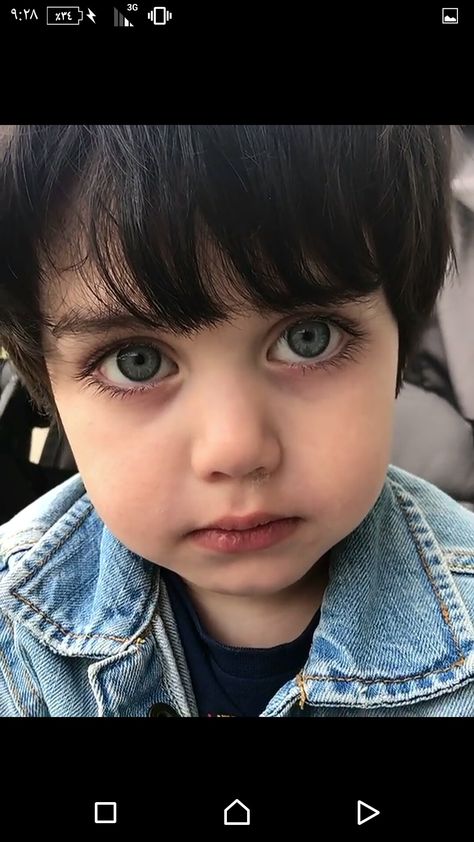
- This will not happen. The space beyond the eyelids goes back ¼ inch (6 mm) and then stops. In other words, it's a dead end.
- Here is some care advice that should help.
- Lots of Particles (such as Dirt or Sand) - Treatment:
- Clean around the eye and face with a wet washcloth first. Reason: so more particles won't get in.
- Put that side of the face in a pan of warm water. Have your child try to open and close the eye while in the water. Do it several times.
- For younger children, fill a glass or pitcher with warm tap water. Pour the water into the eye while holding your child face up. The eyelids must be held open during the rinsing. This process often needs the help of another person.
- Particle in a Corner of the Eye - Treatment:
- Try to get it out.
- Use a moistened cotton swab or the corner of a moistened cloth.
- Particle Under the Lower Lid - Treatment:
- Pull the lower lid out by pulling down on the skin above the cheekbone.
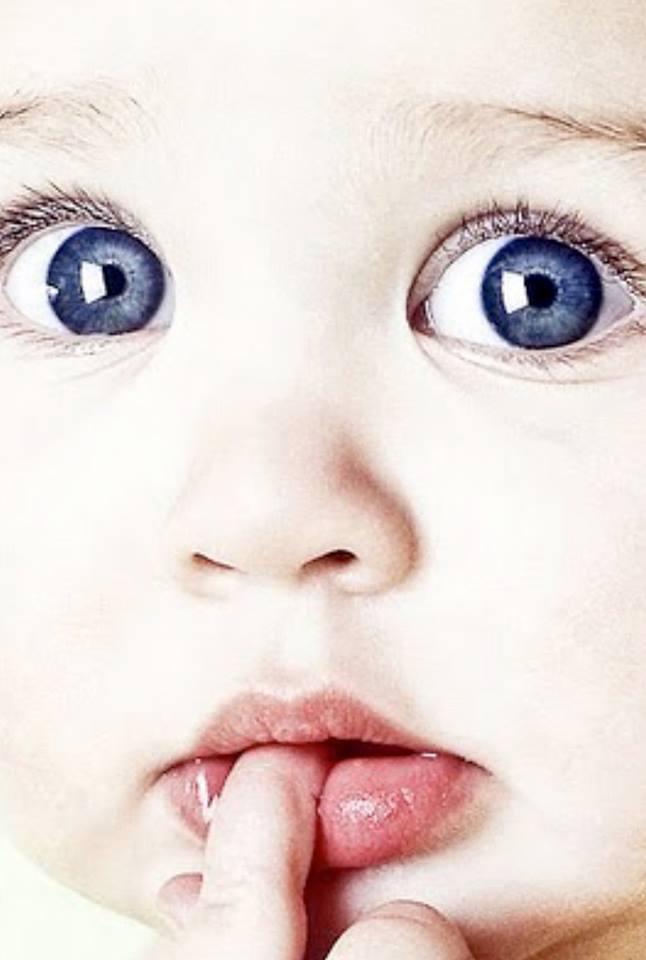
- Touch the particle with a moistened cotton swab.
- If that doesn't work, try pouring water on the particle. Do this while holding the lid out.
- Pull the lower lid out by pulling down on the skin above the cheekbone.
- Particle Under the Upper Lid - Treatment:
- If the particle can't be seen, it's probably under the upper lid. This is the most common hiding place.
- Try having your child open and close the eye several times while it is submerged in a pan or bowl of water. If you have an eye cup, use it.
- If this fails, pull the upper lid out. Then, draw it over the lower lid while the eye is closed. When the eye is opened, the particle may come out. The lower lid may sweep the particle out from under the upper lid.
- Contact Lenses:
- Children who wear contact lenses need to switch to glasses for a while.
- Reason: to prevent damage to the cornea.
- What to Expect:
- The pain, redness and tearing usually pass after the object is removed.
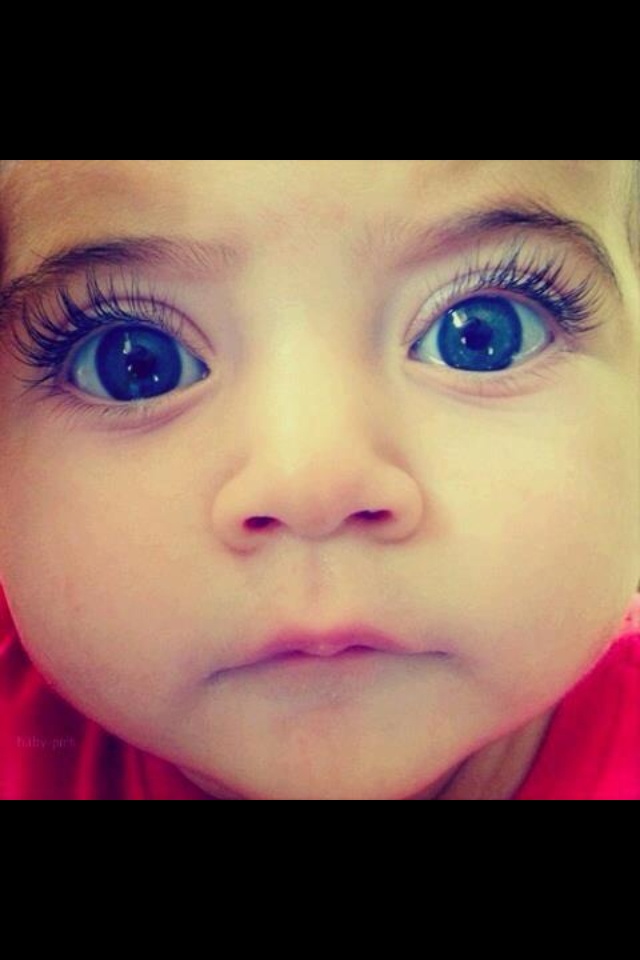
- It may take 1 to 2 hours for these symptoms to fully go away.
- The pain, redness and tearing usually pass after the object is removed.
- Call Your Doctor If:
- You can't get the object or particles out
- Feels like object is still there 2 hours after taken out
- Tearing and blinking do not stop after you take out the object
- Vision is not normal after the eye has been washed out
- You think your child needs to be seen
- Your child becomes worse
And remember, contact your doctor if your child develops any of the 'Call Your Doctor' symptoms.
Disclaimer: this health information is for educational purposes only. You, the reader, assume full responsibility for how you choose to use it.
Last Reviewed: 10/20/2022
Last Revised: 01/13/2022
Copyright 2000-2022. Schmitt Pediatric Guidelines LLC.
Foreign body in the eye of a child
While playing outside, at school or in kindergarten, a child may get something in the eye.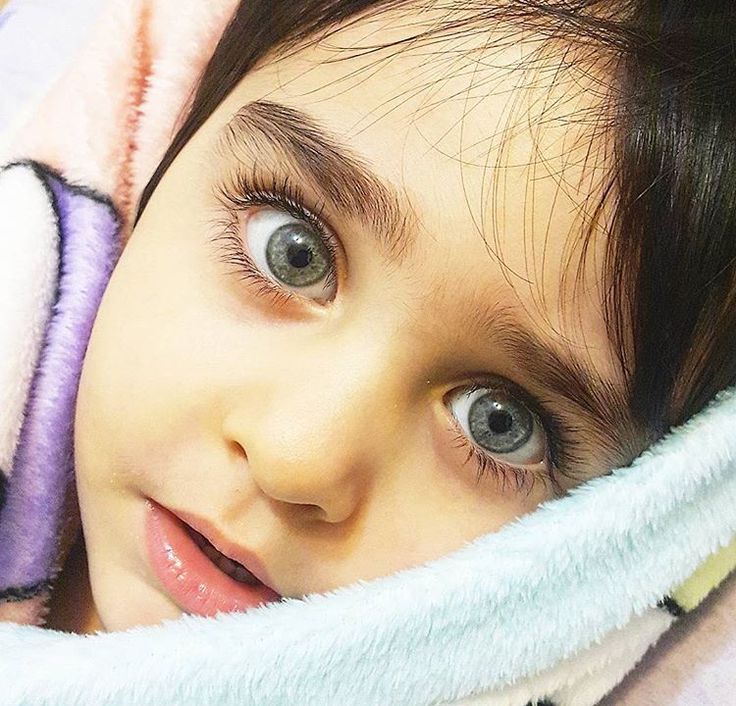 No one is safe from this and you cannot protect your beloved child from an eyelash in the eye, small midges or motes that cause discomfort. As a rule, having blinked, shedding tears and feeling relieved, the child continues to study, play or sports and forgets about the unpleasant incident. But sometimes the situation can take a serious turn, and requires urgent help from an adult and contacting pediatric ophthalmologist .
No one is safe from this and you cannot protect your beloved child from an eyelash in the eye, small midges or motes that cause discomfort. As a rule, having blinked, shedding tears and feeling relieved, the child continues to study, play or sports and forgets about the unpleasant incident. But sometimes the situation can take a serious turn, and requires urgent help from an adult and contacting pediatric ophthalmologist .
If your child feels pain, burning when something gets into the eye, the symptoms gradually increase and new ones appear, you should definitely seek help from an ophthalmologist, because. a foreign object can enter the eye tissues and cause serious injury and eye disease.
The main signs of a foreign body in the eye of a child:
- discomfort when blinking;
- pain in the eye ;
- redness of the eye ;
- copious lacrimation ;
- photophobia;
- constant desire in the child to rub the eye;
- inability to fully open the eye;
- temporary visual impairment.
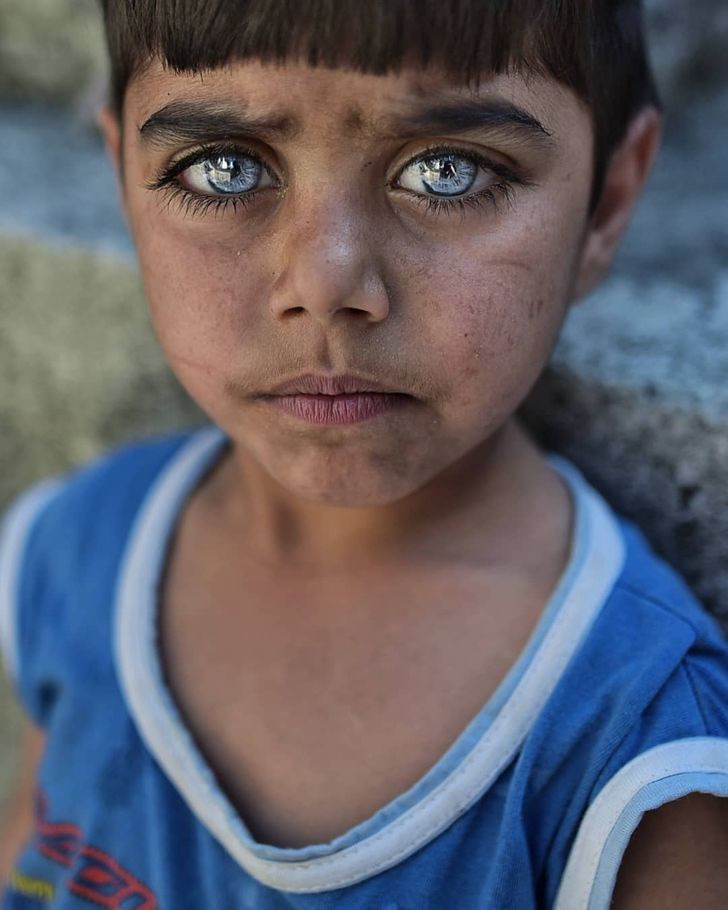
If something gets into your baby's eye, especially at high speed (for example, fragments, pieces of wood, metal, etc.), you should immediately take him to an ophthalmologist. Once inside the eyeball, foreign bodies can cause infections and inflammation, leading to even more eye injury. Even if it seems to you that you see an object that has got into your eye and you can get it, it is better to seek medical help, because. such an impression can be deceptive, and there is a chance to injure the organ of vision even more. The faster the foreign body is removed, the less complications and serious injuries will be caused to the wounded eye.
Of course, you shouldn't run to the doctor with every speck of dust that gets into your eye. But there are situations when seeking emergency medical care is necessary:
- if a foreign body has entered the child's eye at high speed;
- when attempts to wash the eye with water and remove the foreign object with a corner of the bandage have failed;
- if a foreign body is deeply stuck in the eye, causing tissue rupture;
- if, after self-removal of a foreign body, the child continues to feel discomfort, pain and other unpleasant sensations after a period of time;
- if the casualty is a newborn or young child who resists attempts to remove the foreign object;
- if a chemical comes into contact with a child's eyes.
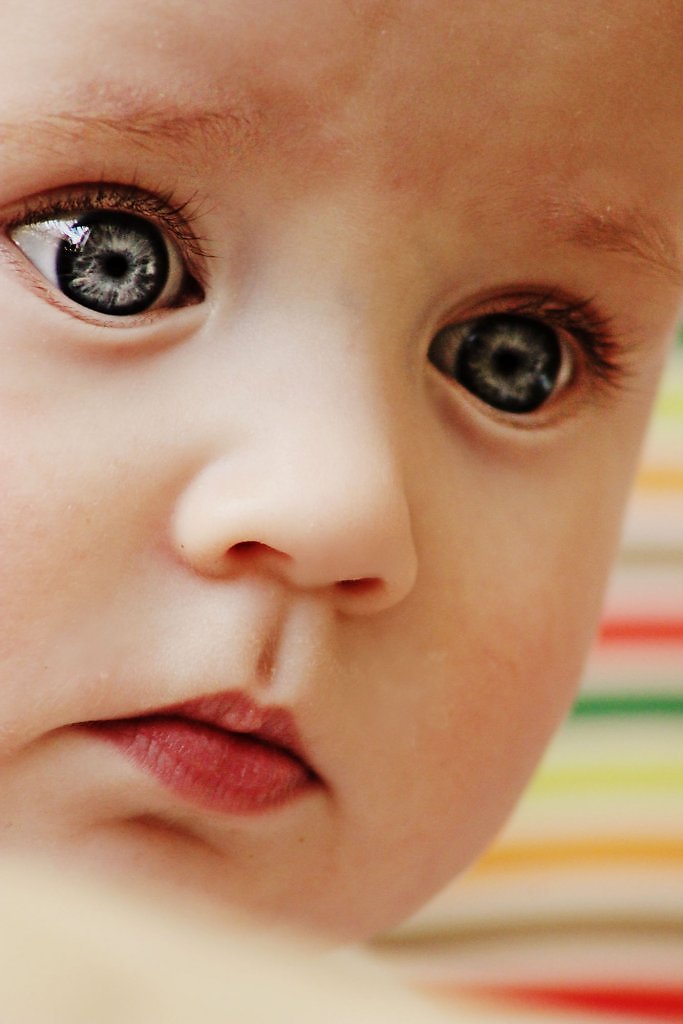
First aid in case of a foreign body in the child's eye you can get in St. Petersburg at the medical center "Medicentr". Qualified pediatric ophthalmologists of our center daily face similar problems in babies and adolescents, help get rid of unpleasant manifestations, diagnose and treat various eye diseases, injuries and visual impairments.
Take care of children's eyes, seek medical help in time and remember that the organs of vision are one of the most important senses with which a child learns about the world.
Our clinics in St. Petersburg
Structural subdivision
Polikarpova
Alley Polikarpova 6k2
Primorsky district
- Pioneer
- Specific
- Komendantskiy
Structural subdivision
Zhukov
Prospekt Marshala Zhukov 28k2
Kirovsky district
- Avtovo
- Veterans Avenue
- Leninsky Prospekt
Structural subdivision
Devyatkino
Okhtinskaya alley 18
Vsevolozhsk district
- Devyatkino
- Civil Avenue
- Academic
You can get detailed information and make an appointment by calling +7 (812) 640-55-25
Make an appointment
articles of Oxford Medical Medical Center Ivano-Frankivsk
Tsimbalyuk Irena Vladimirovna - ophthalmologist of the highest category, doctor of the medical center "Oxford Medical"
The sensation of a foreign body in the eye is a rather peculiar symptom, because it is simply impossible for the patient to distract from this sensation. He is constantly worried about discomfort, so a visit to the doctor is planned in the first days.
He is constantly worried about discomfort, so a visit to the doctor is planned in the first days.
When does foreign body sensation occur in the eye?
The human eye is a very small and at the same time anatomically complex structure (which every medical student is ready to confirm). In fact, our eyes do not have perfect protection, therefore they are often exposed to traumatic factors, such as ultraviolet radiation, penetration of foreign small particles, microorganisms, etc. People who work with chemicals, electricity, wood, and representatives of industrial activities are often at risk.
Foreign body sensation is the result of irritation of the nerve endings, which can be caused by various factors. This is a kind of signal indicating such problems as:
- eye injury;
- thermal or chemical burn;
- corneal lesions;
- dry eye syndrome;
- ingress of small particles of dust, sand, glass, etc.;
- use of poor quality contact lenses;
- inflammatory diseases of the conjunctiva, cornea;
- formations on the eyelid, inflammatory lesions of the eyelid;
- penetration of bacteria;
- climatic causes - strong wind, frost, etc.

What symptoms are associated with this sensation?
In addition to the feeling of a foreign body, the patient may complain of other unpleasant sensations, which in the future may play a significant role in the diagnosis, namely:
- sensation of pain, cramps;
- itching of the eye;
- increased tearing or vice versa dry eyes;
- redness of the eye - conjunctival injection;
- swelling of the eyelids;
- photophobia;
- blepharospasm;
- constriction of the palpebral fissure;
- binocular vision disorder.
What to do if the cause is a foreign body?
If you feel a foreign body in the eye, or any of the above symptoms, I strongly recommend that you immediately contact an ophthalmologist! After all, in the event of a foreign body getting in and untimely medical care, there is a risk of irreversible damage, infection, even loss of vision!
Diagnosis usually does not take long.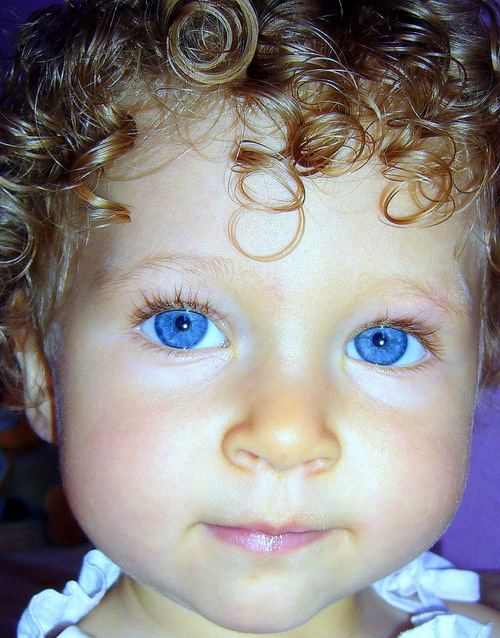 The doctor relies on the data of the patient's complaints, performs eversion of the upper and lower eyelids, ophthalmoscopy. And in accordance with the reason provides the necessary medical care. It should be noted that even after the removal of a foreign body, the feeling of its presence remains for some time. This is due to the fact that a certain tissue damage has nevertheless occurred, which can cause irritation for a few more days.
The doctor relies on the data of the patient's complaints, performs eversion of the upper and lower eyelids, ophthalmoscopy. And in accordance with the reason provides the necessary medical care. It should be noted that even after the removal of a foreign body, the feeling of its presence remains for some time. This is due to the fact that a certain tissue damage has nevertheless occurred, which can cause irritation for a few more days.
Given the experience of previous patients, I urge you not to remove foreign bodies from the eye yourself! Firstly, the procedure should be carried out in more sterile conditions than your bathroom, because there is a high risk of infection. Secondly, it is impossible to independently wash out a foreign body from the eye, because with the wrong actions, you can push the foreign body into the deep tissues of the eye and cause more serious injuries. Thirdly, you can not bury any antiseptics, antibiotics, and even more so decoctions of plants, this can lead to additional burns and other serious problems.